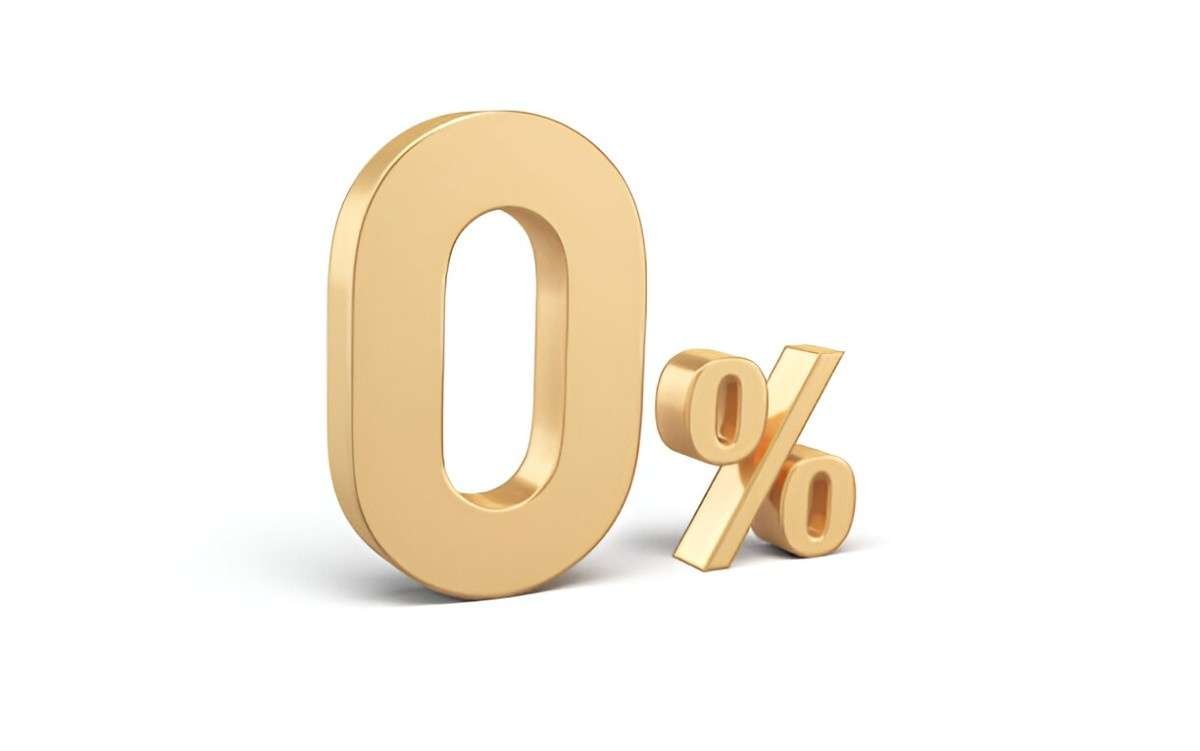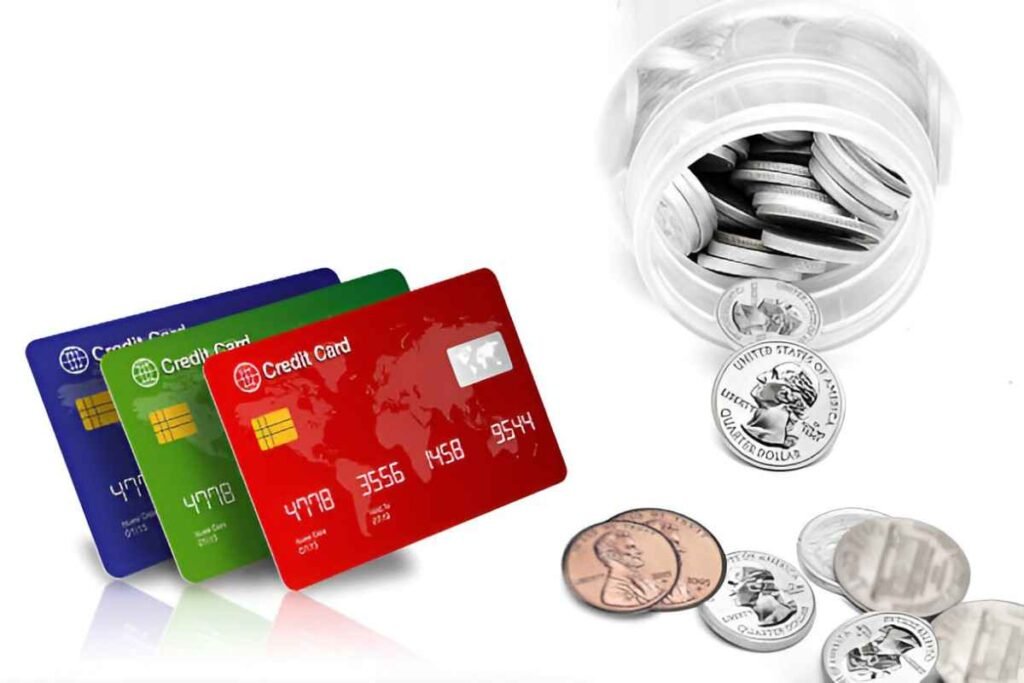Credit cards with a 0 percent interest rate can provide relief for people managing debt or making large purchases. However, finding these cards when you have bad credit can be challenging. In this article, I will explore the options available, how they work, and whether they are the right choice for you.
Table of Contents
Understanding 0 Percent Credit Cards
A 0 percent credit card offers an introductory period during which you are not charged interest on purchases, balance transfers, or both. This period typically ranges from six to 24 months. After the introductory period ends, the standard interest rate, known as the Annual Percentage Rate (APR), applies.
When you have bad credit, obtaining one of these cards can be difficult because issuers view you as a higher risk. However, there are still ways to access similar benefits through secured cards, credit-building programs, and alternative lenders.
Challenges of Getting 0 Percent Credit Cards with Bad Credit
People with bad credit often face higher interest rates, lower credit limits, and stricter approval requirements. Credit card issuers use credit scores to assess an applicant’s reliability. Typically, a credit score below 580 is considered poor, making it harder to qualify for promotional offers.
Here is a comparison of typical credit score categories:
| Credit Score Range | Rating | Likelihood of Approval |
|---|---|---|
| 300-579 | Poor | Low |
| 580-669 | Fair | Moderate |
| 670-739 | Good | High |
| 740-799 | Very Good | Very High |
| 800-850 | Excellent | Almost Certain |
Alternatives to 0 Percent Credit Cards for Bad Credit
If your credit score is low, consider alternatives that can help you achieve similar financial goals. Some options include:
- Secured Credit Cards – These require a refundable security deposit, which reduces the lender’s risk and can offer low interest rates or promotional periods.
- Credit Builder Loans – These loans help establish a positive payment history without requiring an upfront balance transfer.
- Store Credit Cards – Retail stores may offer 0 percent financing promotions, which can be useful for large purchases.
- Authorized User Strategy – Becoming an authorized user on a family member’s credit card can help improve your credit score over time.
- Debt Consolidation Loans – These loans may provide a lower interest rate than your current debt, effectively acting as a balance transfer.
Factors to Consider Before Applying
If you find a credit card offering 0 percent APR despite having bad credit, it’s important to consider the following factors:
- Length of Introductory Period – Ensure the 0 percent period gives you enough time to pay off your balance.
- Balance Transfer Fees – Some cards charge a percentage of the amount transferred, which can offset potential savings.
- Post-Promo Interest Rate – The interest rate after the promotional period can be high, so it’s crucial to have a repayment plan.
- Credit Limit – Cards for bad credit often come with lower limits, which could restrict your spending power.
- Annual Fees – Some cards charge annual fees that may reduce the benefits of a 0 percent APR offer.
Here is an example of how fees can impact your savings:
| Balance | Balance Transfer Fee (3%) | Potential Savings Over 12 Months |
|---|---|---|
| $1,000 | $30 | $120 |
| $5,000 | $150 | $600 |
| $10,000 | $300 | $1,200 |
Practical Steps to Improve Your Chances
Improving your credit score before applying can increase your chances of approval. Some practical steps include:
- Paying Bills on Time – Payment history accounts for 35% of your credit score.
- Reducing Credit Utilization – Keeping balances below 30% of your credit limit improves your score.
- Checking Credit Reports for Errors – Disputing inaccurate information can quickly raise your score.
- Using a Secured Card Responsibly – Regular use and timely payments can lead to unsecured credit offers.
- Avoiding New Hard Inquiries – Too many credit applications in a short period can lower your score.
Examples of Potential Savings
Let’s consider an example where you transfer a $3,000 balance from a high-interest credit card to a 0 percent card.
Scenario 1: Without 0 Percent APR
- Balance: $3,000
- Interest Rate: 20%
- Monthly Payment: $150
- Total Interest Paid: $600 over 12 months
Scenario 2: With 0 Percent APR
- Balance: $3,000
- Interest Rate: 0% for 12 months
- Monthly Payment: $150
- Total Interest Paid: $0
In this case, using the 0 percent credit card could save you $600 in interest.
Red Flags to Watch For
Not all offers are beneficial, and it’s important to watch out for red flags, including:
- Hidden Fees – Ensure you understand all costs associated with the card.
- Deferred Interest Clauses – Some offers retroactively apply interest if you don’t pay the full balance by the end of the promotional period.
- Unnecessary Add-ons – Avoid cards that push insurance or extra services you don’t need.
- Overly High APR After the Promo Period – Some cards have interest rates that can exceed 30%.
Final Thoughts
While 0 percent credit cards for bad credit may not always be available, exploring secured options, improving your credit, and understanding all terms can help you make an informed decision. It’s important to approach credit responsibly and focus on long-term financial health rather than short-term relief.





